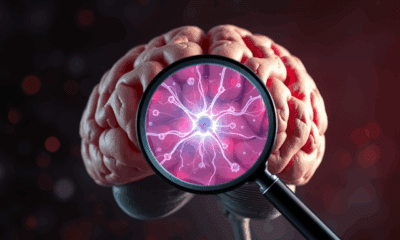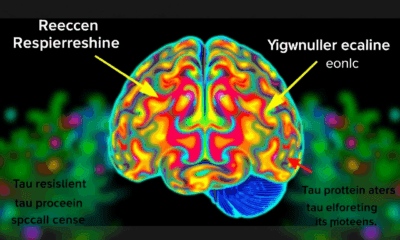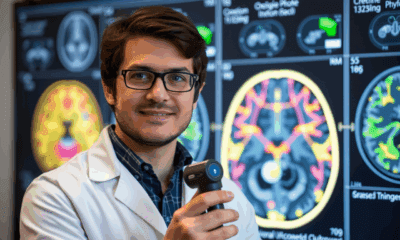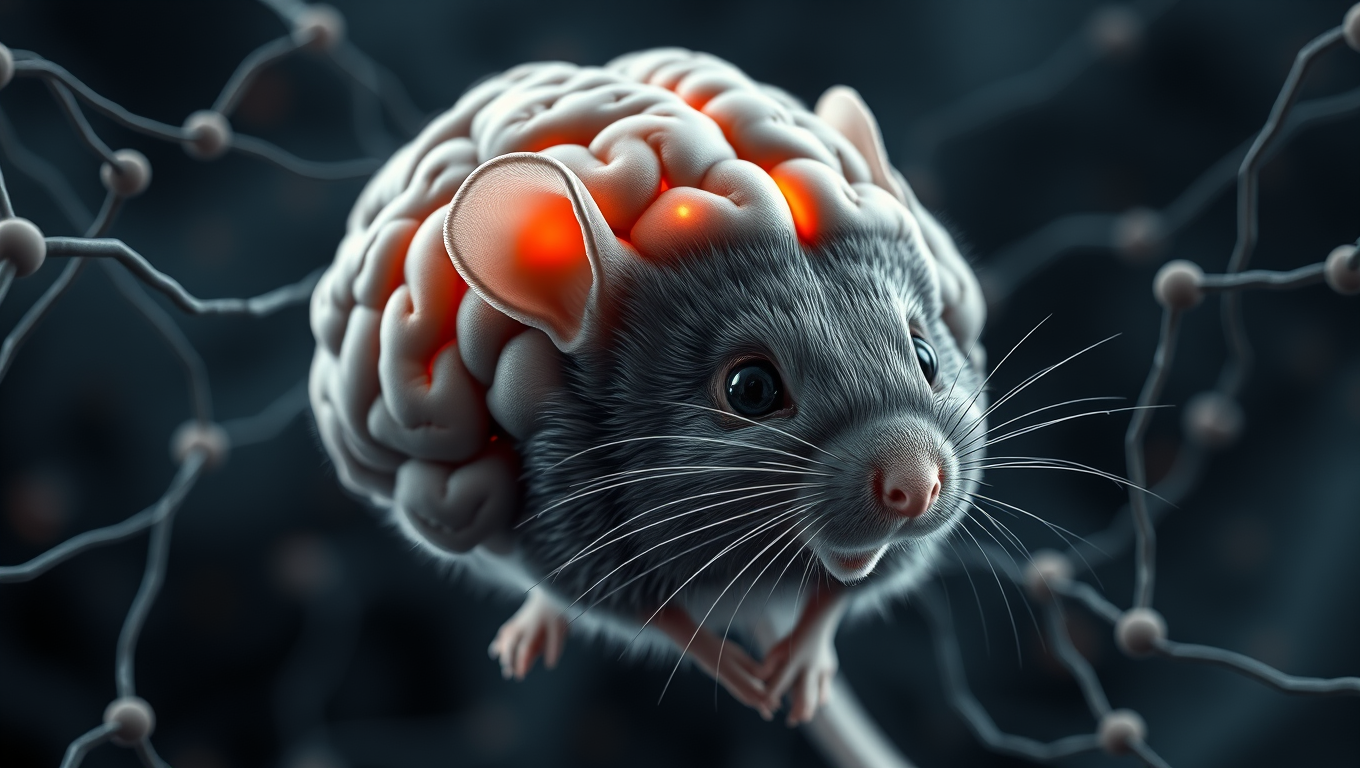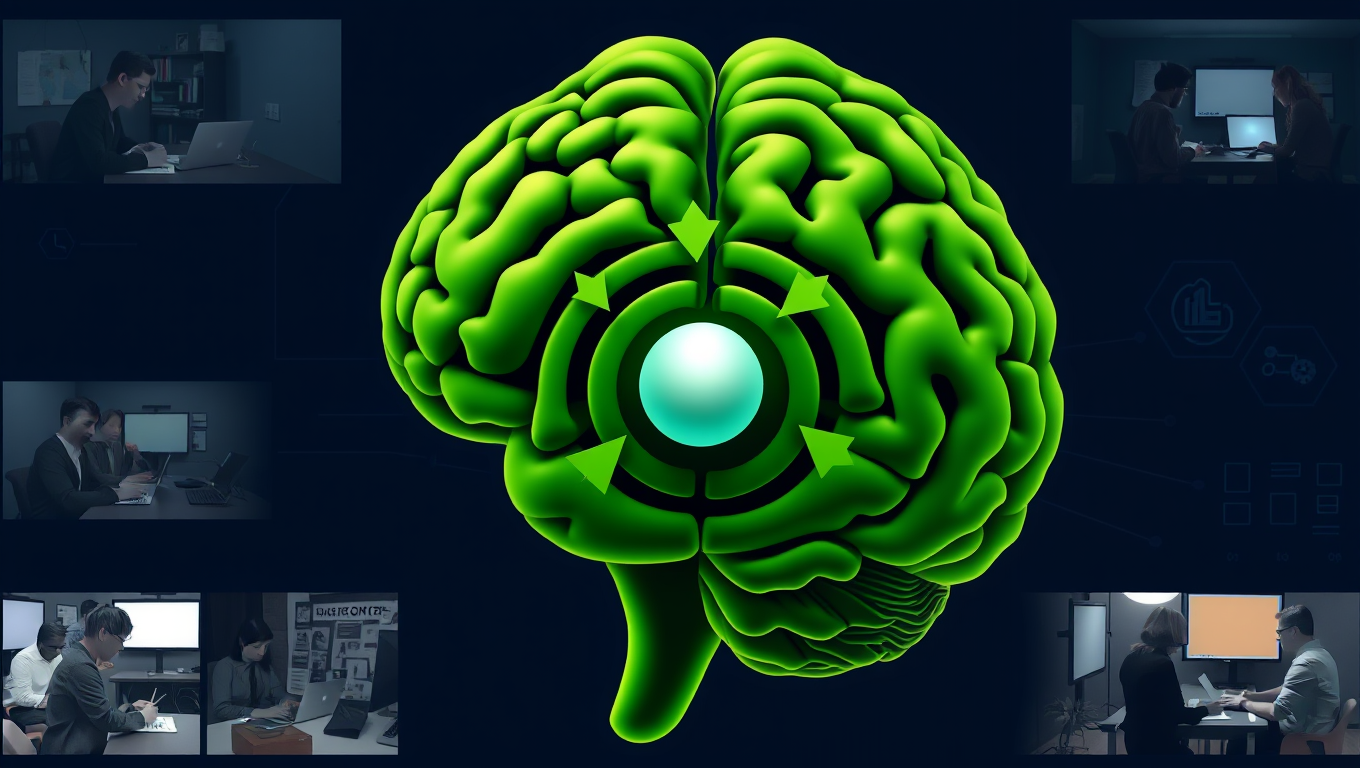While we try to keep things accurate, this content is part of an ongoing experiment and may not always be reliable.
Please double-check important details — we’re not responsible for how the information is used.
Consumer Behavior
“Decentralized Decision-Making: How Physiology-Inspired Networks Could Revolutionize Politics”
A new study has unveiled a groundbreaking framework for rethinking political decision-making — drawing inspiration from how the human body maintains stability and health.
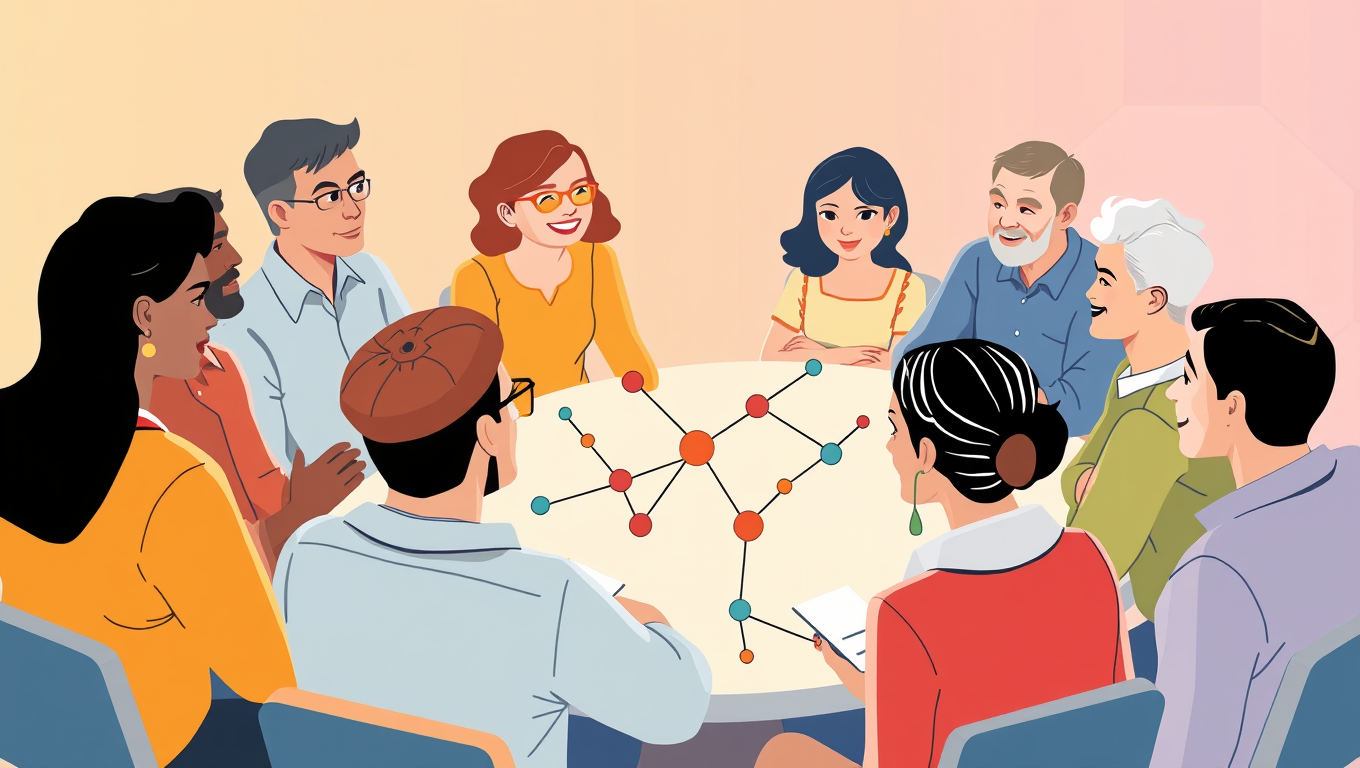
Consumer Behavior
Smarter Decisions: New IQ Research Reveals Why Higher Intelligence Leads to Better Predictions and Outcomes
Smarter people don’t just crunch numbers better—they actually see the future more clearly. Examining thousands of over-50s, Bath researchers found the brightest minds made life-expectancy forecasts more than twice as accurate as those with the lowest IQs. By tying cognitive tests and genetic markers to real-world predictions, the study shows how sharp probability skills translate into wiser decisions about everything from crossing the road to planning retirement—and hints that clearer risk information could help everyone close the gap.
Behavior
Unraveling the Mind: How a Scent Can Change Your Decisions
Mice taught to link smells with tastes, and later fear, revealed how the amygdala teams up with cortical regions to let the brain draw powerful indirect connections. Disabling this circuit erased the links, hinting that similar pathways in humans could underlie disorders like PTSD and psychosis, and might be tuned with future brain-modulation therapies.
Behavior
MIT Uncovers the Hidden Playbook Your Brain Uses to Outsmart Complicated Problems
When faced with a tricky maze task involving hidden information, humans instinctively toggle between two clever mental strategies: simplifying in steps or mentally rewinding. MIT researchers showed that people shift methods based on how reliable their memory is echoed by AI models mimicking the same constraints.
-

 Detectors3 months ago
Detectors3 months agoA New Horizon for Vision: How Gold Nanoparticles May Restore People’s Sight
-

 Earth & Climate4 months ago
Earth & Climate4 months agoRetiring Abroad Can Be Lonely Business
-

 Cancer4 months ago
Cancer4 months agoRevolutionizing Quantum Communication: Direct Connections Between Multiple Processors
-

 Agriculture and Food4 months ago
Agriculture and Food4 months ago“A Sustainable Solution: Researchers Create Hybrid Cheese with 25% Pea Protein”
-

 Diseases and Conditions4 months ago
Diseases and Conditions4 months agoReducing Falls Among Elderly Women with Polypharmacy through Exercise Intervention
-

 Albert Einstein4 months ago
Albert Einstein4 months agoHarnessing Water Waves: A Breakthrough in Controlling Floating Objects
-

 Chemistry3 months ago
Chemistry3 months ago“Unveiling Hidden Patterns: A New Twist on Interference Phenomena”
-

 Earth & Climate4 months ago
Earth & Climate4 months agoHousehold Electricity Three Times More Expensive Than Upcoming ‘Eco-Friendly’ Aviation E-Fuels, Study Reveals

